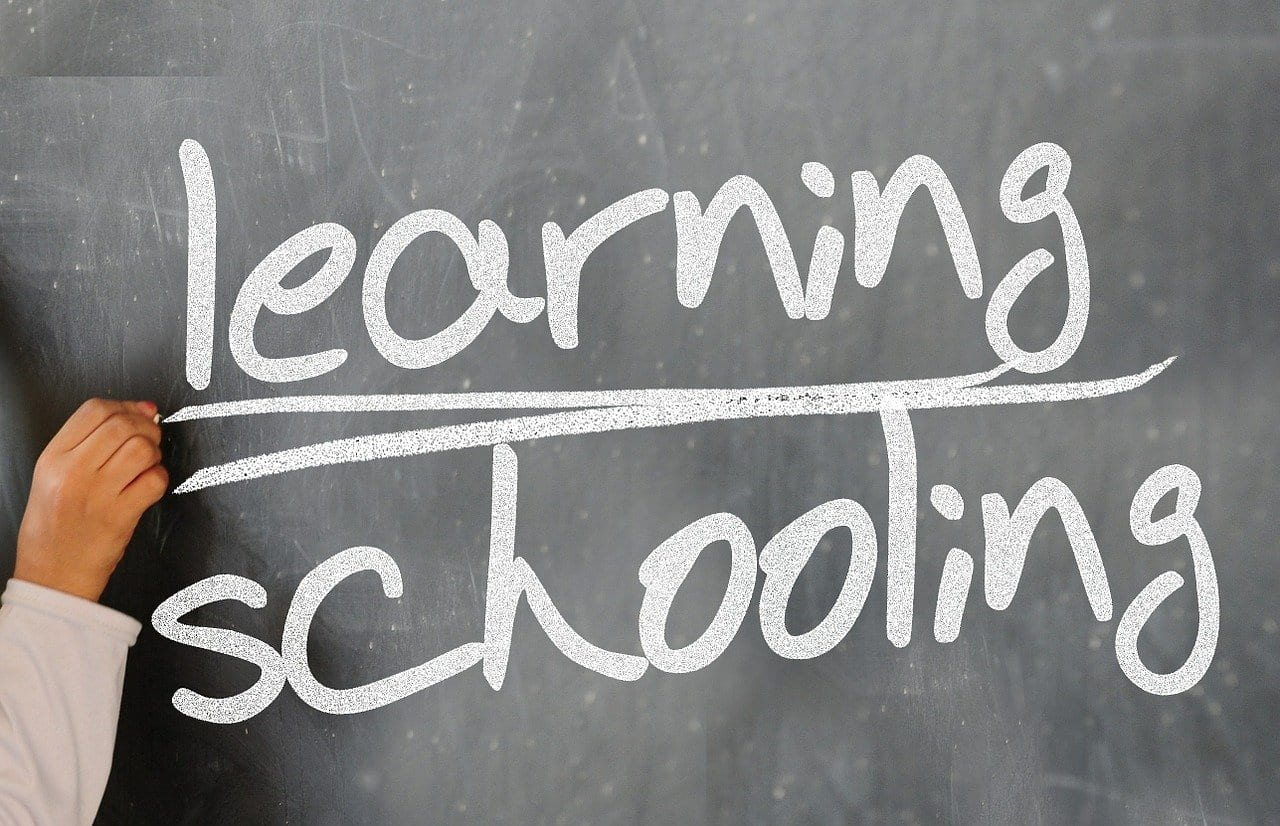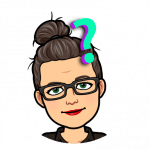Category: ETL507 Professional Experience & Portfolio
Protected: Reflecting on the overall ETL507 study visit experience (August-September 2020)
Learning by and from doing – before, during and after study visits and workplace placements

Before the 4 day study visit (SV) or (10 day) workplace placement (WPL)
- Enrol in ETL507 Session 2 & Session 3 2020; Read all modules; Read suggested list in references; Attend all webinars; Take SV pre-quiz by 3 August 2020; and take WPL pre-placement quiz by 17 August 2020; (COMPLETE).
- Read ‘Foundation knowledge skills & attributes’ PDF by ALIA, ASA & RIMPA; Join LinkedIn; (COMPLETE).
- Watch CSU WPL webinar and read presentation slides for how to write goals and CV; (COMPLETE).
- Attend 4 study visits (see schedule) and reflect on the experiences; (COMPLETE)
- Create a draft portfolio outline during the week of 7 September 2020.
- Submit a SV report by 18 -20 September 2020. (COMPLETE).
- Create SMAER goals for prac experience: 1. To observe and gain an understanding how the library prioritises meeting the expectations of a variety of stakeholders including the council and broader local community; 2. To learn how the library identifies and investigates and satisfies the needs and information behaviours of its users (including individuals, communities, organisations and businesses) through creation, collaboration and partnerships; and 3. To learn how the library evaluates information sources, services and products to determine their relevance to the needs of their users (ALIA goals). (COMPLETE).
- Draft a CV using the strategies recommended in the webinar; Prepare an up-to-date 2020 CV (to upload later on InPlace – remember to name the file: RoeETL507CV); (COMPLETE).
- Consider timing for WPL (must be 4 weeks after proposal submitted but 2 weeks before end of ETL507);
 (Thoughts: so long as COVID-19 doesn’t require me to look after my children again, I should be able to do the placement any time. I’d prefer to do it during school holidays as I am a casual teacher and would lose income by doing it during the term, but will be open to the host’s needs). (COMPLETE).
(Thoughts: so long as COVID-19 doesn’t require me to look after my children again, I should be able to do the placement any time. I’d prefer to do it during school holidays as I am a casual teacher and would lose income by doing it during the term, but will be open to the host’s needs). (COMPLETE). - Select host and 2 back-up hosts; Check do not call list & review contact guidelines; (e.g. Bega Valley Public Library; 2 other ‘virtual’ placements from Canberra libraries which I missed out on due to COVID-19?). (COMPLETE).
- Contact host(s) – remember to ask if they have 10 min to talk, and if so, explain “I’m a student with the SIS, CSU, doing the MaEd. TL course and I’d like to ask about possibly doing a professional placement of 10 days with a qualified information professional supervisor for my workplace learning.” If they agree, then explain my interests / goals. If they are still in agreement, propose a timeframe for completing the placement (e.g. any 10 days between 19 Sept 2020 – 15 Jan 2021). (COMPLETE).
- Provide links to host for employer expectations ; insurance; and CSU student requirements; If a host asks for a ‘Placement Agreement,’ contact the WPL admin team; (COMPLETE).
- Understand the host requirements and discuss with the host if they can: a. provide a supervisor that is a professionally recognised information professional with an information/librarian qualification (as well as the job title), b. that they agree to design, develop and support an appropriate program to meet my goals and c. that their collection and services reflect the size, nature and needs of the community; (COMPLETE)
- Obtain the ‘agency’ contact details, suggested roster and supervisor contact details for the placement proposal; (COMPLETE)
- Write and submit placement proposal & CV (including my SMART goals) to InPlace using the guide provided, registering for WPL; this must be submitted 4 weeks prior to WPL or no later than Mon. week 14 of ETL507’s 1st session, which for me is 12 October 2020; (COMPLETE – although I only have 1 week before the agency want me to do the placement).
- Once the WPL team have contacted the host and approved the placement, make arrangements with host regarding a program for what I could do for them during the placement, supervisor details & organise my work or other commitments. (COMPLETE)
During
- WPL to be completed by 15 Jan 2021 or 2 weeks following the end of the placement. (COMPLETE)
- Eat, sleep, & be prepared; Be on time; Dress appropriately; Be curious-figure out the best way to learn from an unfamiliar setting; Ask questions with good timing and respect with the position that I’m a novice/student; Be open minded to different ideas that might challenge my self confidence and ‘sense of self’; Follow workplace protocols and WH&S requirements; Be a team player; Be receptive to feedback; Always use personal devices appropriately; Consider CSU values and be: insightful, inclusive, impactful, inspiring; Be aware of and behave according to ‘ALIA Employer Roles & Responsibilities in Ed. & P.D.’ policy and CSU’s policies on: ‘Make a good first impression,‘ ‘Student Charter,’ ‘Student misconduct rule 2020‘; ‘Harassment & Bullying Prevention policy‘; ‘Anti-racism policy‘; and ‘Academic Integrity policy‘ (being honest, fair & responsible). (COMPLETE)
- During the placement tasks, keep in the forefront the outcomes for ETL507: Learning with the head (cog.), hands (skills), heart (affective) & body (phys.); Understand the wider library community and its practices; Evaluate the role/functions of libraries; Apply theory into practice reflectively; (COMPLETE)
- Report emergencies to the CSU WPL team and my course contact: Liz Derouet (including accidents, hazards, criminality, fires, harassment, abuse or events of nature/’acts of god’); (COMPLETE)
- Continually reflect on the experience, using the ‘what, so what, now what’ model recommended in Brown (2017); See also Hampe, N. (2013) and Hull, B., Churkovich, M., Outred, C. & Turner, D. (2011); Describe, discuss & reflect on issues, such as: how the library interacts with users, who are the users, how easy is it to locate information about the library; how different is it in fact vs from my assumptions; what information is imparted by the library; and what services do they offer? (COMPLETE)
- Have a placement review meeting with the supervisor, discuss my placement, use this structure for completing the placement review meeting and fill in the placement review report; Thank the organisation for their support! (COMPLETE)
After
- Think about my blog; Consider digital portfolio applications; Develop a portfolio for submission by 18 Jan 2021;
- Ensure paperwork and assessments are complete, including a study visit report (COMPLETE), placement proposal (COMPLETE); C.V. (COMPLETE); a professional placement report (assessment) & signed placement review meeting record (no more than 2 weeks after placement and/or no later than 1 Feb 2021 = 23 Oct 2020 for me) (COMPLETE); and my completed portfolio by 18 Jan 2021;
- It is recommended that I join (yearly): ALIA ($95), ASA ($75), RIMPA ($106) as well as maintain my NESA accreditation ($100), and pay back my HECS.
 Thoughts: $375 a year plus HECS repayments might be a bit much to ask as I’m working part time as a casual…maybe there is a job out there for me…
Thoughts: $375 a year plus HECS repayments might be a bit much to ask as I’m working part time as a casual…maybe there is a job out there for me…
| 1 | Pre Study Visit Quiz | SY/US | 03-Aug-2020 | Complete |
| 2 | Study Visit Report | SY/US | 18/20-Sep-2020 | Complete |
| 3 | Pre Placement Quiz | SY/US | 17-Aug-2020 | Complete |
| 4 | Placement Proposal and CV | SY/US | No later than 12-Oct-2020 | Complete |
| 5 | Professional Placement Report | SY/US | No later than 1-Feb-2021 or 2 weeks after prac (23-Oct-2020) | Complete |
| 6 | Professional Reflective Portfolio | SY/US | 18-Jan-2021 |
References and further reading
Bolton, G. (2010). Reflective practice: Writing and professional development. Los Angeles: Sage.
Brown, N. (2017). Reflective model according to Rolfe et al. http://www.nicole-brown.co.uk/reflective-model-according-to-rolfe/ (Rolfe, G., Freshwater, D. and Jasper, M. (2001). Critical reflection in nursing and the helping professions: a user’s guide. Basingstoke: Palgrave Macmillan).
Chancellor, R. L. (2018). Crossing the globe: Why studying abroad is essential to the future of LIS education. 6, 59 (3), 41-52.
Edmonson, R. (2018) Is film archiving a profession yet? A reflection – 20 years on. Synoptique. 6(1), 14-22. (Annotated by Christy Roe).
Hampe, N. (2013). Reflective Practice and Writing: a Guide to Getting Started. Retrieved from: http://www.alia.org.au/sites/default/files/documents/Reflective.Practice.Writing.Guide20130409JB.pdf
Hull, B., Churkovich, M., Outred, C. & Turner, D. (2011). Librarians as reflective practitioners. In Hull, B., Churkovich, M., Outred, C. & Turner, D., Understandiing Librarians: Communication is the issue (pp.105-113), Oxford: Chandos Publishing. doi: 10.1016/B978-1-84334-615-9.50012-8
Reynolds, S., Carroll, M. & Welch, B. (2016) Engaging with our future: the role of educators, practitioners, professional associations and employing organisations in the co-creation of information professionals. Australian Library Journal 65 (4), 317-327. doi: 10.1080/00049670.2016.1235529
Schon, D. (2008). The reflective practitioner: How professionals think in action. New York: Basic Books.
